Border Collies are widely regarded as the most intelligent dog breed, and their mental stimulation needs are just as important as their physical exercise requirements. Owners of these brilliant canines often find themselves searching for creative ways to challenge their pets' remarkable cognitive abilities. The right mix of intelligence training games can make all the difference in keeping a Border Collie engaged, happy, and well-behaved.
One of the most effective approaches to mental stimulation involves incorporating problem-solving games into daily routines. These dogs thrive when given tasks that require them to think, analyze, and make decisions. Puzzle toys that hide treats, for instance, can keep a Border Collie occupied for extended periods as they work to retrieve the rewards. The key is to gradually increase the difficulty level to match the dog's growing skills, ensuring continuous mental engagement.
Interactive fetch games take the classic game of fetch to an entirely new level with Border Collies. Instead of simply throwing a ball, owners can introduce complex commands and directional cues. Teaching the dog to retrieve specific items by name or to follow a sequence of commands before releasing the ball adds layers of mental challenge. This type of training not only exercises their body but also strengthens their ability to process and follow intricate instructions.
Advanced obedience training sessions double as excellent intelligence games for this breed. Border Collies can learn an impressive vocabulary of commands and gestures, far beyond the basic "sit" and "stay." Incorporating hand signals without verbal cues or teaching them to differentiate between similar-sounding words pushes their comprehension skills to new heights. These sessions should be kept short but frequent, as Border Collies learn quickly but can become bored with repetition.
Hide-and-seek games tap into the Border Collie's natural herding instincts and problem-solving abilities. Starting with simple hiding spots and gradually progressing to more challenging locations keeps the game exciting. Owners can hide themselves, toys, or treats throughout the house or yard, encouraging the dog to use its nose and memory to find them. This game also reinforces the important "stay" and "come" commands in a fun, rewarding context.
Agility training serves as both physical exercise and mental stimulation for Border Collies. Designing obstacle courses that require the dog to navigate tunnels, weave through poles, and jump over hurdles while following commands engages multiple aspects of their intelligence. The constant variation in course layout prevents predictability, forcing the dog to focus and adapt to new challenges each time. Many Border Collie owners find that their dogs particularly excel in this type of activity.
Food-dispensing toys and interactive feeders transform mealtime into a brain game. Rather than serving food in a regular bowl, these devices require the dog to manipulate the toy in specific ways to release kibble. The varying levels of difficulty available in these products allow owners to find the perfect challenge for their individual dog. This approach not only slows down fast eaters but also provides valuable mental exercise during what would otherwise be a passive activity.
Scent work games capitalize on the Border Collie's underutilized olfactory abilities. While not traditionally known as scent hounds, these dogs have capable noses that enjoy being put to work. Creating scent trails with treats or favorite toys, or teaching them to identify and retrieve specific scented objects, offers a different kind of mental challenge. This type of game can be particularly useful on days when outdoor exercise is limited due to weather conditions.
Trick training goes beyond simple entertainment with Border Collies. Teaching complex tricks like turning lights on and off, fetching specific items by name, or even simple arithmetic-like games demonstrates the breed's incredible learning capacity. The process of breaking down complicated behaviors into smaller, teachable components provides excellent mental stimulation. Owners often report that their Border Collies seem to enjoy the learning process as much as the rewards.
Social intelligence games that involve interaction with other dogs or people can be particularly beneficial. Border Collies are highly observant of social cues, and games that require them to interpret and respond to human or canine body language exercise this aspect of their intelligence. Organized activities like group obedience classes or canine sports provide opportunities for this type of mental stimulation while also improving social skills.
Rotating through different types of intelligence games prevents boredom and ensures comprehensive mental development. Border Collies may become too proficient at certain games over time, reducing the mental challenge. By maintaining a repertoire of diverse activities and introducing new games periodically, owners can keep their dogs perpetually engaged. Observing which games particularly excite an individual dog helps tailor the perfect mental exercise regimen.
The benefits of regular intelligence training games extend beyond simple entertainment. A mentally stimulated Border Collie is less likely to develop destructive behaviors born from boredom or frustration. These activities strengthen the bond between dog and owner while channeling the breed's natural intelligence into positive outlets. Owners who commit to providing this level of mental engagement often find they have a happier, more balanced companion.
Seasoned Border Collie owners emphasize the importance of adapting games to match the individual dog's personality and learning style. Some may prefer problem-solving puzzles, while others excel at physically interactive games. Paying attention to the dog's engagement level and adjusting accordingly ensures the activities remain rewarding rather than frustrating. The most successful intelligence training programs combine structure with flexibility to accommodate the dog's evolving abilities.
While Border Collies make excellent working dogs, even non-working pets need jobs to do. Intelligence training games serve as substitute "work" that satisfies their innate drive to perform tasks. Creating structured game sessions with clear rules and objectives mimics the satisfaction they would derive from herding livestock. This approach helps prevent the development of neurotic behaviors sometimes seen in under-stimulated Border Collies.
Technology has introduced new dimensions to canine intelligence games. Interactive apps designed for dogs, motion-activated toys, and even simple laser pointers (used responsibly) can provide novel mental challenges. These modern tools should complement rather than replace traditional training games, offering variety in the dog's mental exercise routine. The key is to supervise these activities and ensure they promote positive behaviors.
Border Collie intelligence games should always prioritize positive reinforcement. These sensitive dogs respond best to reward-based training that builds confidence. Harsh corrections or frustration during training sessions can lead to anxiety or reluctance to participate. Celebrating small victories and maintaining a patient, encouraging attitude creates an ideal learning environment for these bright canines.
As Border Collies age, adjusting the type and intensity of mental games helps maintain cognitive function. Senior dogs may not have the physical stamina for vigorous activities but still benefit from adapted puzzle games and modified training sessions. Keeping their minds active throughout their lifespan contributes to overall wellbeing and can help delay cognitive decline associated with aging.
The world of Border Collie intelligence training games continues to evolve as owners and trainers develop innovative approaches. From homemade puzzle solutions to competitive dog sports, the options for mental stimulation are nearly limitless. What remains constant is the breed's remarkable capacity for learning and their enthusiasm for challenges that engage their extraordinary minds.
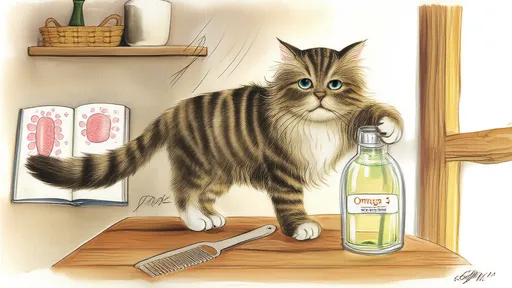
By /Jun 28, 2025
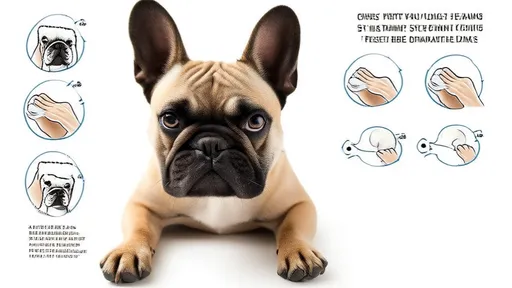
By /Jun 28, 2025
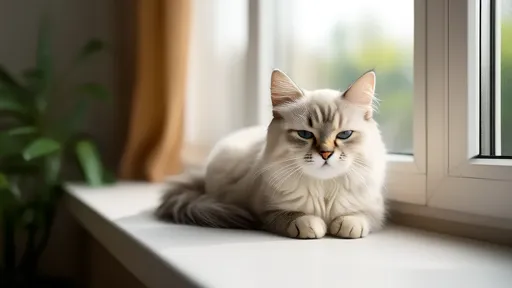
By /Jun 28, 2025
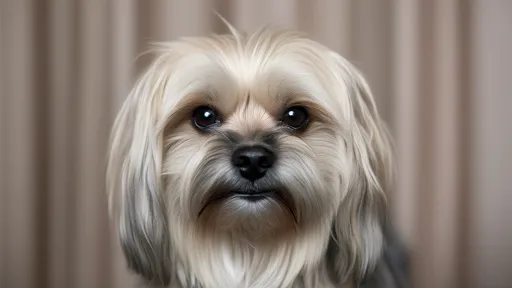
By /Jun 28, 2025
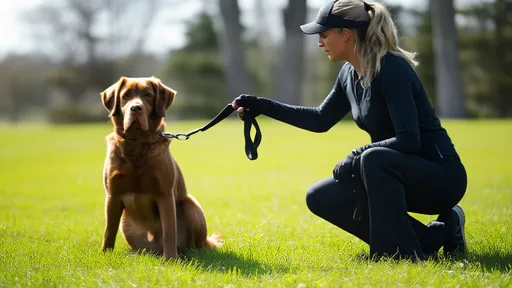
By /Jun 28, 2025
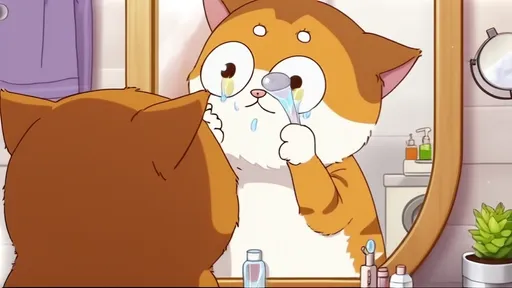
By /Jun 28, 2025
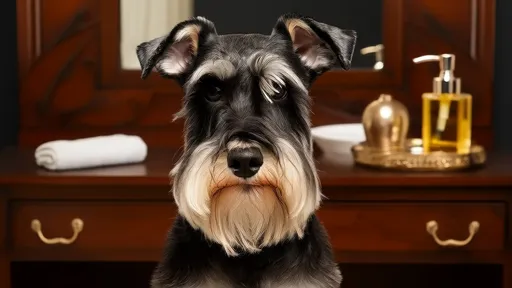
By /Jun 28, 2025
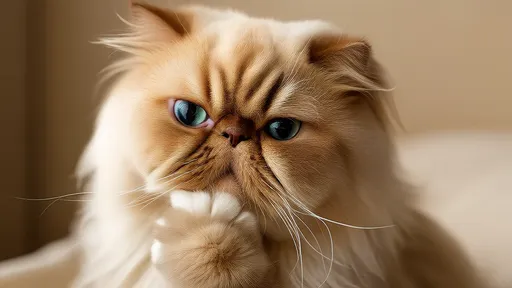
By /Jun 28, 2025
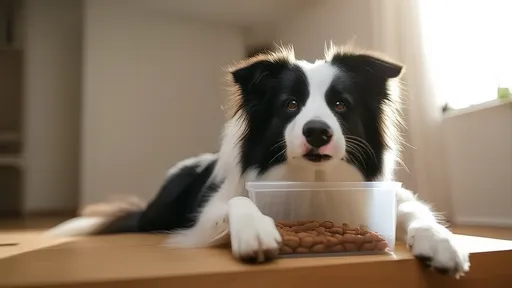
By /Jun 28, 2025

By /Jun 28, 2025
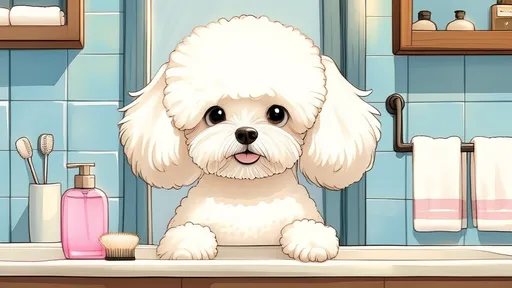
By /Jun 28, 2025
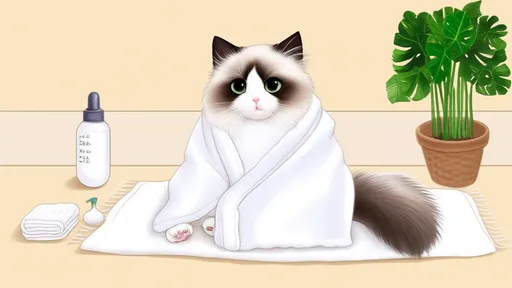
By /Jun 28, 2025
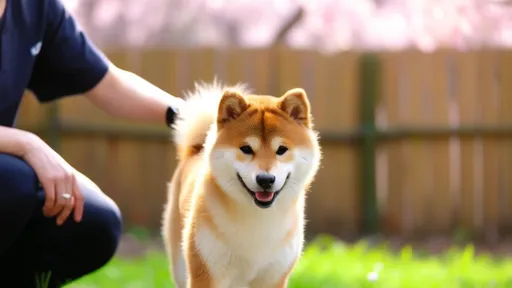
By /Jun 28, 2025
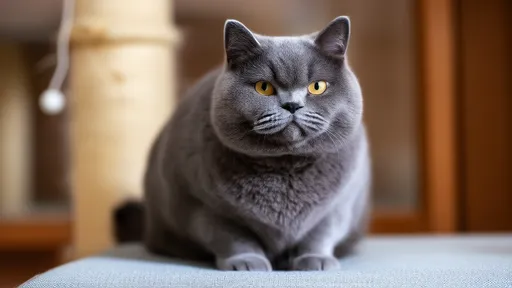
By /Jun 28, 2025
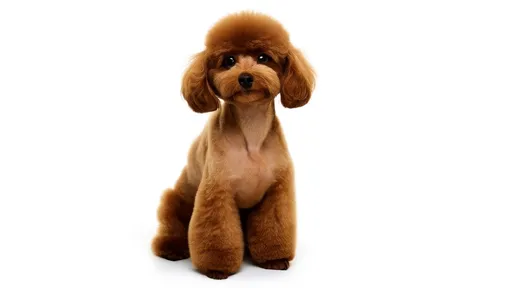
By /Jun 28, 2025
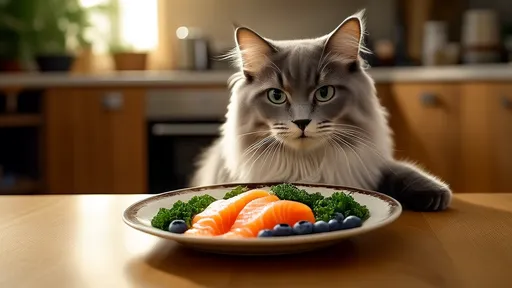
By /Jun 28, 2025

By /Jun 28, 2025
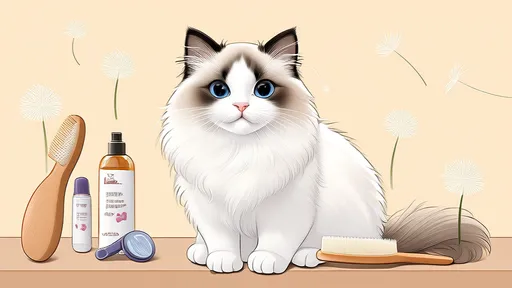
By /Jun 28, 2025